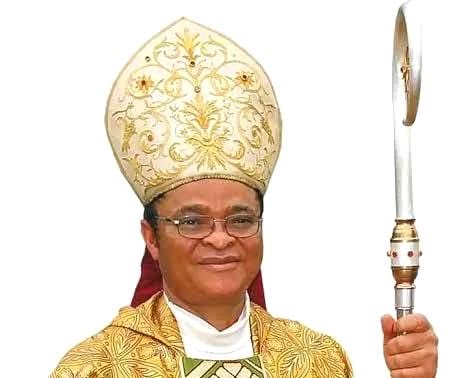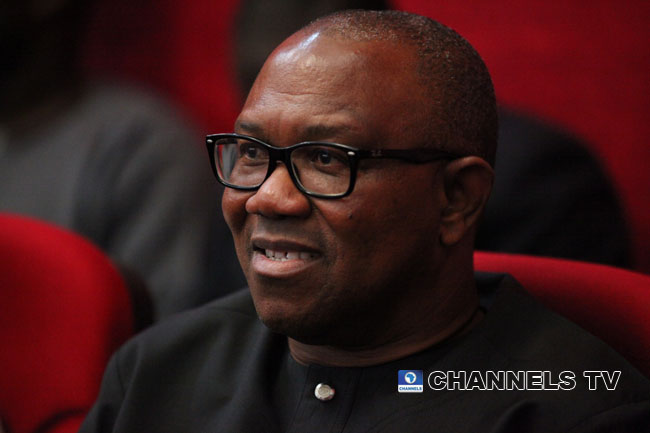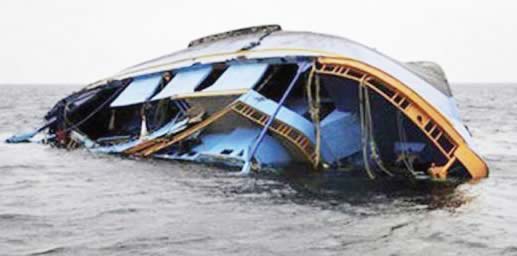UK Court denies Ekweremadu, wife bail to remain in custody till July 7
A Uxbridge Magistrates’ Court in the United Kingdom has denied former Senate Deputy President Ike Ekweremadu and his wife Beatrice bail over a case of attempted child trafficking and…
Imo lawyer shot by kidnappers dies
A court inspector in Imo State, Odera Onumajulu, who sustained gunshot injuries from her kidnappers is dead. Chetachi Udeh Esq, Lead NBAWF Imo State, .confirmed the death of the…
New archbishop begs for end to killings in Imo
The new Archbishop of Owerri Catholic Ecclesiastical Province, Most Rev. Lucius Ugorji has appealed to those behind killing in Imo State to sheathe their sword and give peace a…
NDLEA Arrests 218 Drug Suspects In Imo
The Imo State Command of the National Drugs Law Enforcement Agency NDLEA has arrested 218 drug suspects in Imo State. Out of the number of drug suspects attested, 171…
BREAKING: Ike Ekweremadu, Wife Arrested In UK
Metropolitan police says they have arrested Beatrice Nwanneka Ekweremadu aged 55 and Ike Ekweremadu aged 60 over plan to harvest the organs of a child. According to Sky News,…
Abducted Plateau monarch regains freedom
The District Head of Panyam in Mangu local government area of Plateau State, His Royal Highness, Aminu Derwan, who was abducted in his palace on Monday by gunmen has…
Peter Obi: Stop castigating Bishop Onaga, Fr. Mbaka urges Adoration members
The Spiritual Director of Adoration Ministry Enugu Nigeria (AMEN), Rev. Fr. Ejike Mbaka, has urged adoration members to stop castigating Bishop Callistus Onaga and Catholic Church in Enugu. The…
Rep makes U-turn, says INEC didn’t extend deadline for voter registration by 60 days
Aisha Dukku, chairperson of the house of representatives committee on electoral matters, says the Independent National Electoral Commission (INEC) didn’t promise to extend voter registration by 60 days. According to…
Sack disgruntled soldiers! – DHQ
Defence Headquarters is said to have ordered the immediate retirement of some men and officers of the Nigerian Army who were said to have been found wanting in ethical…
Why I Visited Governor Wike – Peter Obi
The presidential candidate of the Labour Party (LP) Peter Obi says his visit to Governor Nyesom Wike of Rivers State was for the duo to discuss vital national…
South-East won’t vote for Peter Obi in 2023 – Ekweremadu
Former Deputy Senate President Ike Ekweremadu has declared that the South-East region will not vote for the presidential candidate of Labour Party(LP) Peter Obi in 2023. Ekweremadu, in the…
8 Drown In Fresh Bayelsa Boat Accident
Another boat accident has claimed no fewer than eight persons along Oyoma river, near Oporoma, the headquarters of the Southern Ijaw Local Government Area of Bayelsa State. The latest…
Senate moves to resolve Supreme Court crisis, NBA demands accountability
The Senate and the Nigerian Bar Association have waded into the conflict between the Chief Justice of Nigeria, Tanko Muhammad, and Justices of the Supreme Court over issues bothering…
BREAKING: Suspected Attackers Of Owo Church Arrested
The Commander of Amotekun Corps in ondo state, Adetunji Adeleye says a number of suspects have been arrested in connection to the June 5 St.Francis Catholic Church Attack in…
2023: Peter Obi Is The Only Hope For A Better Nigeria – Obi Cubana
The Chairman of Cubana Group, Obinna Iyiegbu, popularly known as Obi Cubana, has joined the list of celebrities showing support for the presidential candidate of Labor Party, Peter Obi.…















